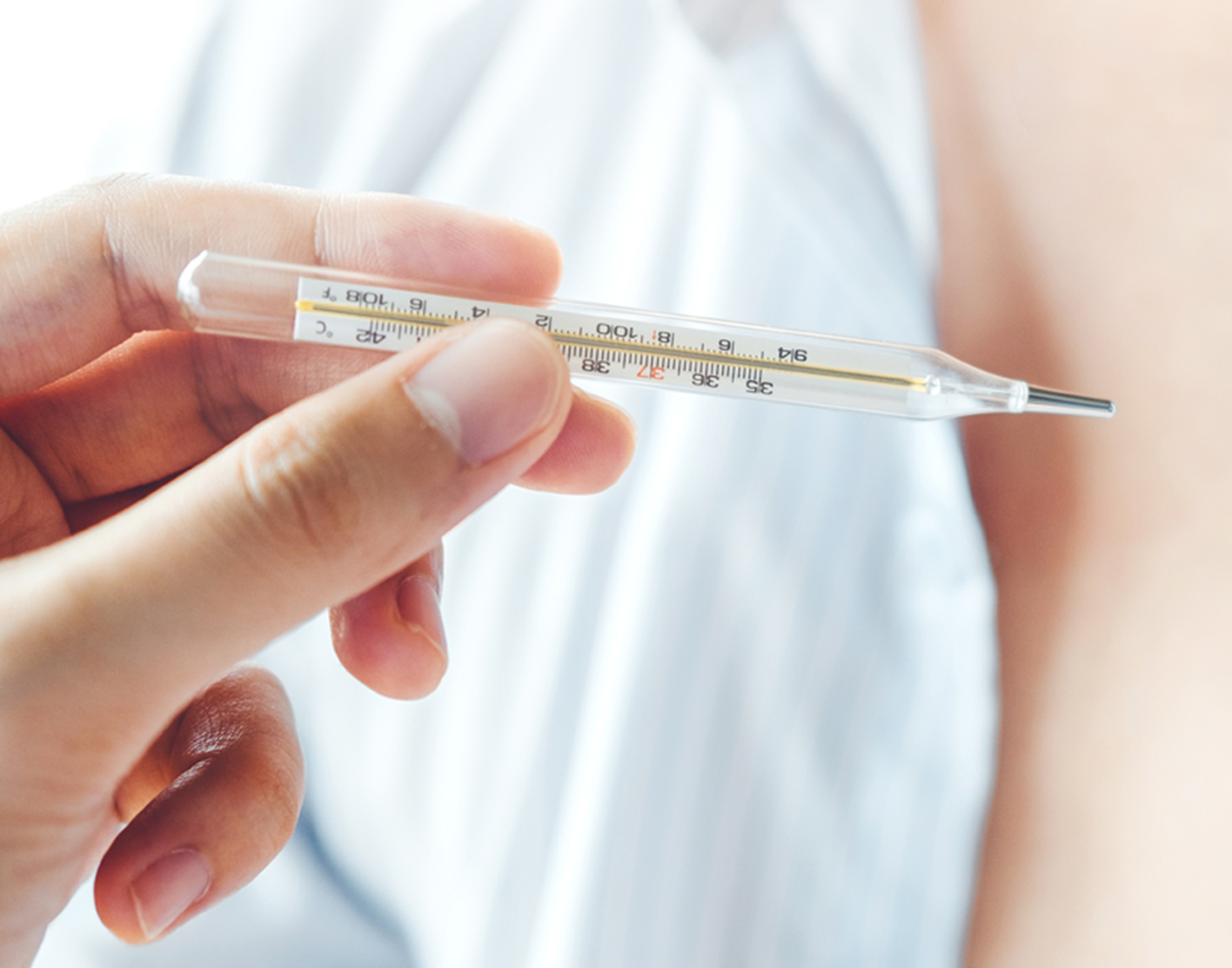Temperature is a measurement of how much energy through heat an object is giving off. We’re all capable of feeling temperature and telling the difference between hot and cold. Our bodies react to different temperatures, sweating to cool down when we’re too hot or shivering when we’re too cold. These reactions are designed to keep our temperature relatively stable, as getting too hot or too cold can result in issues as it affects chemical processes within the body.
Considering how important temperature is to life and natural processes, it’s no surprise that throughout history, people have come up with many different ways to measure it. From the classic mercury in glass thermometer to advanced non contact thermometers, there are lots of ways to get accurate readings and record the results. In this article, we’ll be looking at how temperature measurement works.
Expanding Liquid
One of the first ways to measure temperature change or at least to tell whether something was hot or cold was to look at the current state of liquids such as water. Water freezes at cold temperatures and turns to steam when it heats up, forming bubbles as it does so. When materials change state, they also expand or contract.
The process of liquid expanding has been used to design glass thermometers. The earliest designs used a mixture of alcohol and water which was sealed within a glass tube marked with a scale. As the liquid inside is heated, it expands and the measurement can be taken on the scale. Over time, other materials were used, but one of the most useful was mercury.
At room temperature, mercury is a liquid, and it expands quickly when exposed to heat. However, the downside of these thermometers is that the mercury is toxic, and the liquids inside can only work within a certain temperature scale. As a result, their applications are more limited.
Expanding Metal
Metals also expand when they’re heated up, and this led to the creation of dial thermometers. These look a bit like clocks, in that they have a circular face with a straight pointer in the middle. The pointer is attached to a coil of metal known as a bimetallic strip. This stripe expands as it heats up, causing the pointer to move around the dial.
These thermometers are better suited to higher temperature ranges, making them ideal for ovens and industrial settings. Although the accuracy and speed of measurement may not be as high as some other options, they’re very durable and resistant to high temperatures.

Electrical Current
When metals are heated up, they don’t just expand. The electrical resistance of the material also changes, which affects how easily electrons pass through it. This means electrical current can be measured through a piece of metal to detect temperature changes. As the metal is exposed to heat, the resistance changes, which is measured at a high degree of accuracy.
The big advantage of measuring temperature through electrical current is that it allows for a much wider range of temperatures to be measured. In addition, temperature changes are detected instantly, with measurements provided in real time. This is especially useful in applications where sudden temperature changes can cause issues.
Infrared Radiation
When objects give off heat energy, they also give off small amounts of infrared radiation. This is imperceptible to the human eye, but modern devices are capable of measuring it. Infrared thermometers use a lens to focus the infrared radiation given off the surface of an object and detect it. Like electrical resistance thermometers, results are provided instantly. In addition, these thermometers can detect temperature from a distance, making them suitable for getting readings in dangerous conditions.




/global-warming--conceptual-image-168835034-5a25a9937bb283001930aaea.jpg)